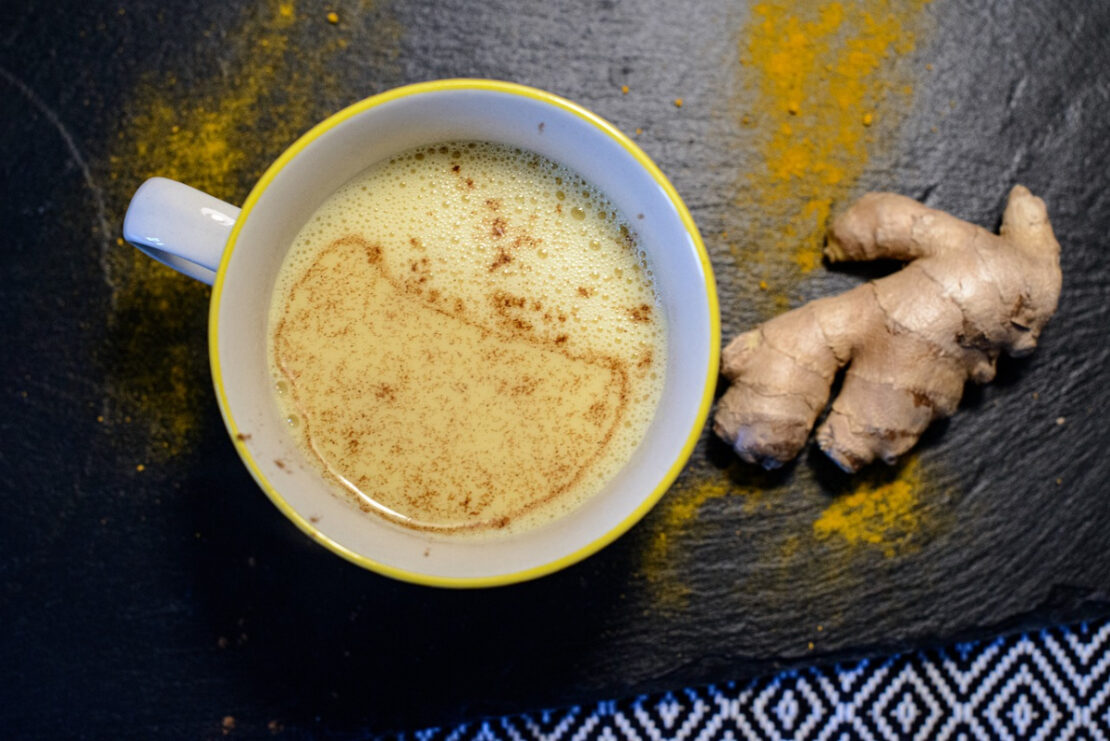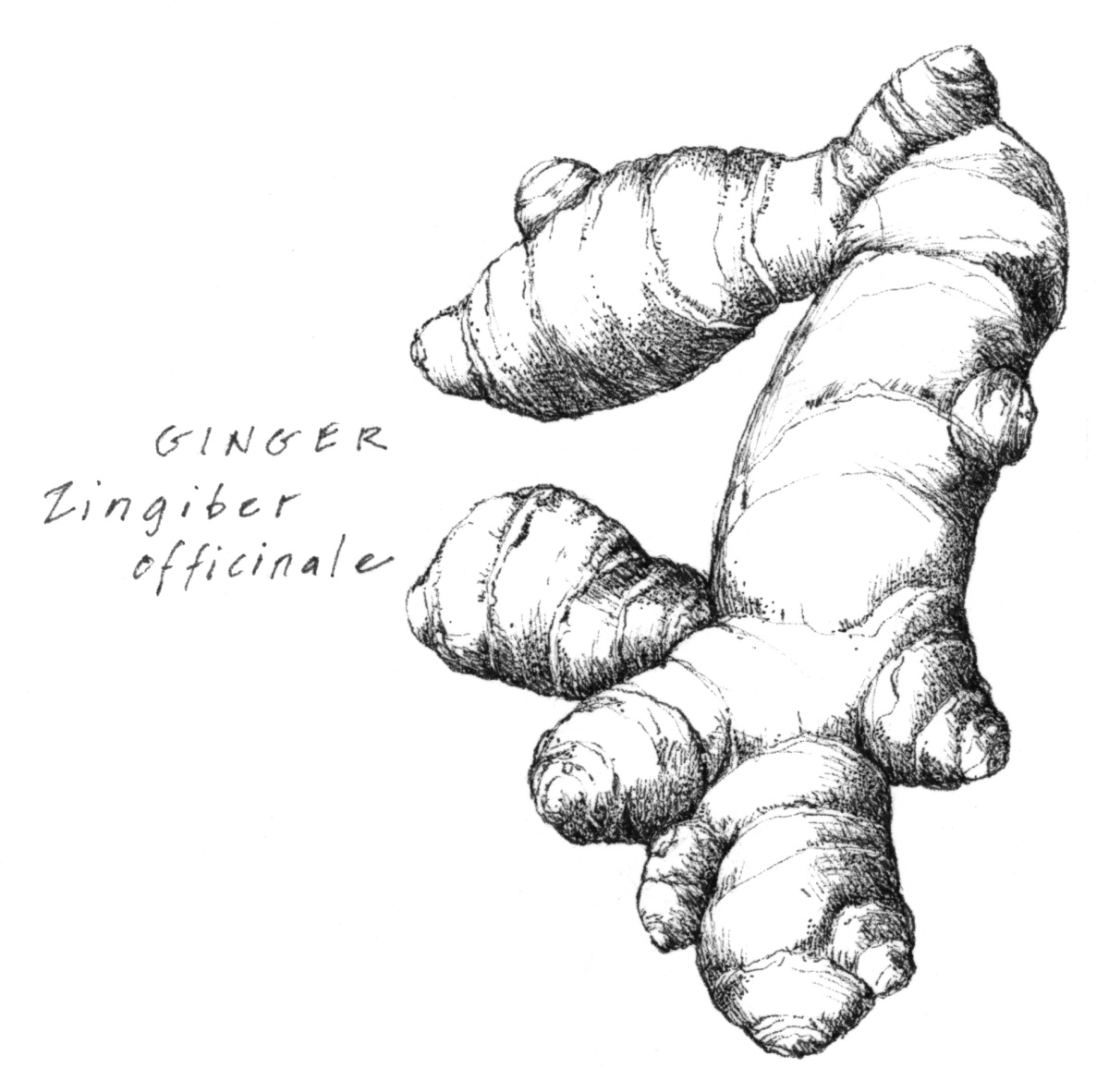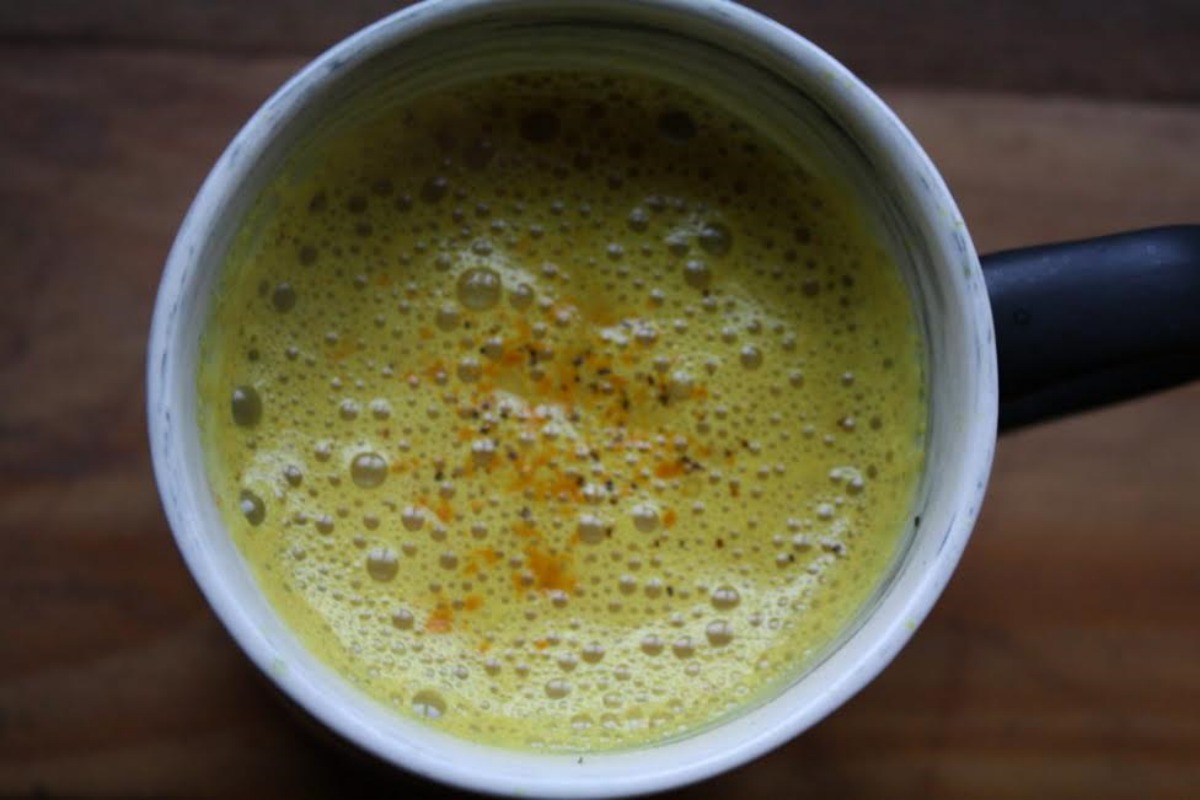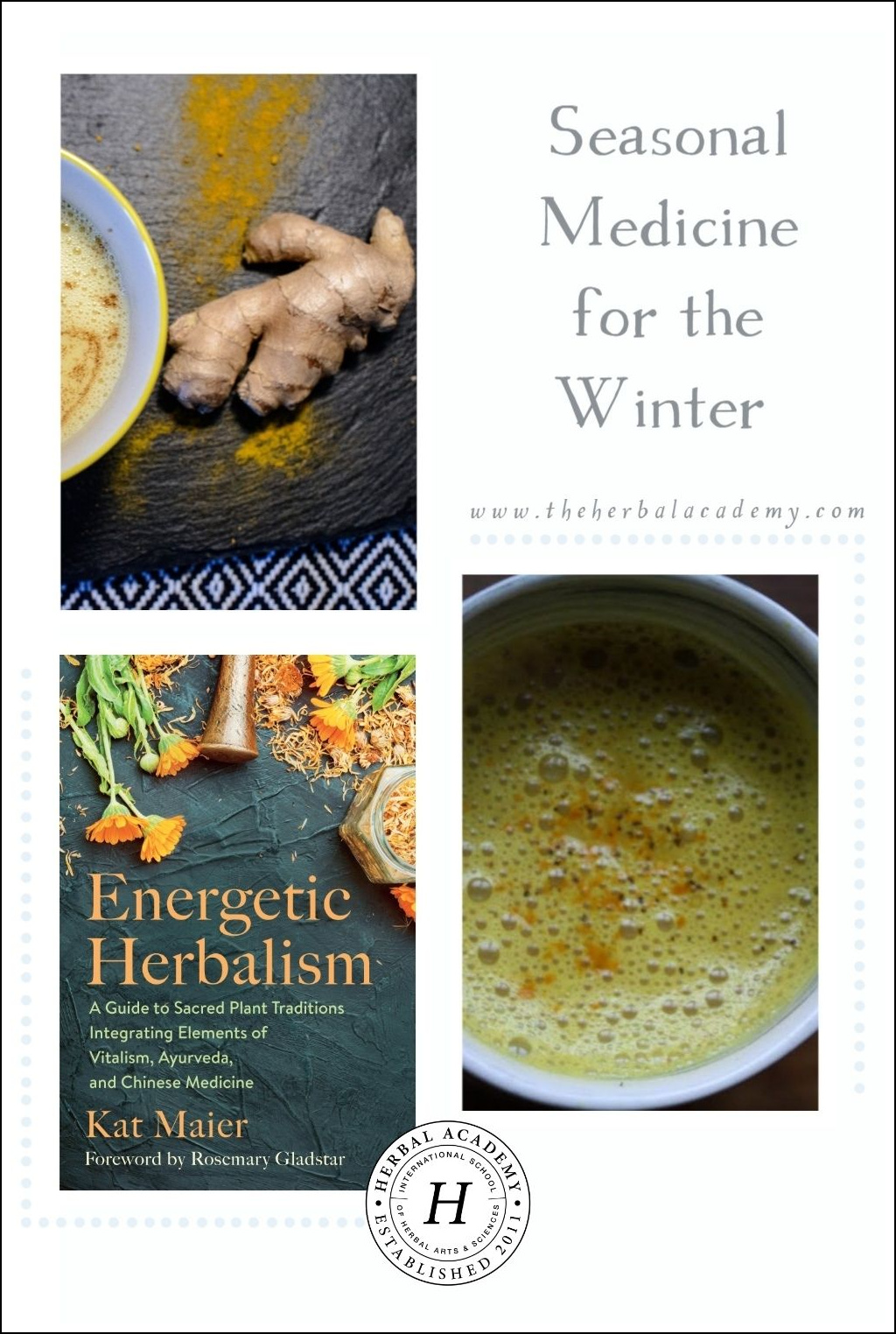
Seasonal Medicine for the Winter
The following excerpt is from the book “Energetic Herbalism” by Kat Maier RH, (AHG). Kat is the founder and director of Sacred Plant Traditions, a center for herbal studies in Charlottesville, Virginia. In clinical practice for over 30 years, Kat teaches internationally at universities, conferences, and herbal schools. (Chelsea Green, Nov 2021).

At this time in my life, winter is by far my favorite season. While I have lived in Virginia for decades now, I was raised in cooler, northern climes. As strange as it may sound, I find comfort in the cold days and all that winter offers. I love the vast winter sky and the way it lights up with what seems to be a million stars. This is a quieter, more reflective time of year, a time when sleep and rest are the main medicine. In some regions, snow blankets the ground, protecting the essence of life resting in the earth.
In Western culture, the frenetic holiday season contradicts what Nature intends for the season of winter. I often find myself encouraging clients, especially those dealing with chronic illnesses, to slow down after the busy- ness and to choose not to attend so many events or social gatherings that take their precious energy. Acupuncturist Robert Clickner is famous for this brief saying that has become my mantra: Experience consumes Qi. No matter if it is the thrills of a vacation or the stress of a late night work shift, everything we do expends vital energy. How miraculous that we have a whole season to replenish our stores of life.

Seasonal Medicine for the Winter
Rest, rest, rest. Winter is the time for going inward, self-reflection, and slowing down to conserve energy. Many people have switched from reading books to listening to audiobooks. For the winter, give your ears a rest and snuggle up to read a great book.
Do your best to live with the daylight hours. When the sun goes down earlier, have a light meal and turn electronics off. Practice hibernation.
Enjoy broths and nourishing stews. I think soups that contain a small amount of protein are the perfect winter breakfast. Along with bone broth I really like miso, a traditional Japanese food. It is produced by fermenting soybeans, salt, and koji, which is a fungus that promotes fermentation. Rice, barley, and other grains may be added. This delicious paste can be made into a wonderful vegan or vegetarian soup. It is an excellent source of protein, as it contains all twenty essential amino acids. It has a savory, meaty flavor that the Japanese call umami. Simply mix a teaspoon or tablespoon in water that has been boiled. You can then add the miso broth to other soups or make a vegetable soup with miso broth
Increase consumption of warming foods. Black beans are one of the most warming beans and a great winter addition. Beef, barley, millet, mung beans, black sesame seeds, nuts, sweet potatoes, molasses, squashes, root vegetables, winter greens, carrots, cabbages, mushrooms, and apples are other recommended foods.
Turn to adaptogens and Kidney tonic herbs. These are the herbs that support our health from long-term effects of stress. Examples include astragalus, eleuthero (Eleutherococcus senticosus), reishi mushroom, and American ginseng (Panax quinquefolius).

Increase warming herbs. Adding ginger, cinnamon (Cinnamomum verum), cloves (Syzygium aromaticum), coriander, anise (Pimpinella anisum), fennel (Foeniculum vulgare), and prickly ash (Zanthoxylum spp.) to formulas helps circulation, which keeps the low back or kidney region warm. Try adding some medicinal herbs to a chai blend, which naturally has pungent spices.
Sink into a ginger bath. A favorite restorative activity in wintertime is to make a strong fresh ginger tea and add it to bathwater. It is deeply penetrating for the muscles and allows circulation to move deeper to the organs. To make the tea, put 1⁄2 cup grated fresh ginger roots and 1⁄2 gallon of water in a saucepan. Bring to a boil and simmer lightly for an hour. Strain out the roots and add the tea to hot bathwater.
Cook with seaweeds. Honor the element of Water by using seaweeds in your cooking. Dulce, nori, hijiki, and kelp are high-protein foods and rich in essential minerals and vitamins. The strong flavors of seaweed can be hard to get used to, but this nutrient-dense food is well worth the effort. When I started using seaweeds, I toasted the nori and others, which made the strong flavor more pleasant.
Incubate dreams. Since winter is supportive of our dreamtime, learn how to incubate your dreams. Spearmint and peppermint tea can make a dream more vivid, and mimosa flower (Albizia julibrissin) is said to enhance color in dreams. I have found that mugwort (Artemisia vulgaris) is an incredibly reliable vehicle to accessing the underworld of our psyches, and while it can be profoundly healing, it can also be overwhelming, so if you are going through trauma or a particularly stressful time, you might want to start with a gentler herb.
Start a journal. If keeping a journal is something you have always aspired to, winter is the perfect time to begin this wonderful habit. Whether you journal in the evenings (now that you are engaging with less electronics) or the mornings, whether it is a diary of your experiences and thoughts or a log of your dreams, this activity is a perfect medicine for this season of reflection.
Basic Congee
Serves 4
Congee is a favorite recipe for kidney health and it makes a wonderful winter breakfast. You can add a multitude of spices, herbs, and vegetables to this white rice porridge, but the basic recipe is very simple. Keep the ratio of rice to liquid between 1:6 and 1:10. Substituting other grains for the rice is fine, but rice is the easiest to digest. Use organic rice because conventionally grown rice is tainted with toxic heavy metals and pollutants.
1 cup organic white rice
7 cups chicken or vegetable stock
½ teaspoon sea salt
1-inch piece of fresh ginger root, peeled and sliced thin
Green onion or scallions,
for garnish
- Combine rice, stock, salt, and ginger in a large pot.
- Bring to a boil then let simmer for an hour.
- Stir occasionally to prevent the rice from clumping or sticking to the pot.
- When done cooking, add more salt to taste and any other herbs desired.
- The stew will thicken as it cools; add more stock or water if needed. Best served warm.

Golden Milk
Golden milk is a wonderful brew for a winter evening. Turmeric (Curcuma longa) is antioxidant and good for bones and joint health. Be creative with your choice of milk. Sometimes I combine 1 cup whole organic coconut milk with 2 cups of nut milk; the extra fat in the winter is building and warming.
3 cups nondairy milk (or dairy if preferred)
3 teaspoons ground turmeric root
½ teaspoon ground black pepper
½ teaspoon ground cinnamon
¼ teaspoon ground ginger
Pinch ground cardamom
3 to 5 teaspoons maple syrup to your taste
- Combine all ingredients in a saucepan over low heat.
- Whisk for 10 minutes to blend.
- Serve warm.
I make a blend of those spices ahead of time so it is easy to make at night.
For more on winter wellness, see:
Winter Wellness: Fresh Horseradish Recipe & Benefits
3 Conifer Cordial Recipes for Winter Wellness








